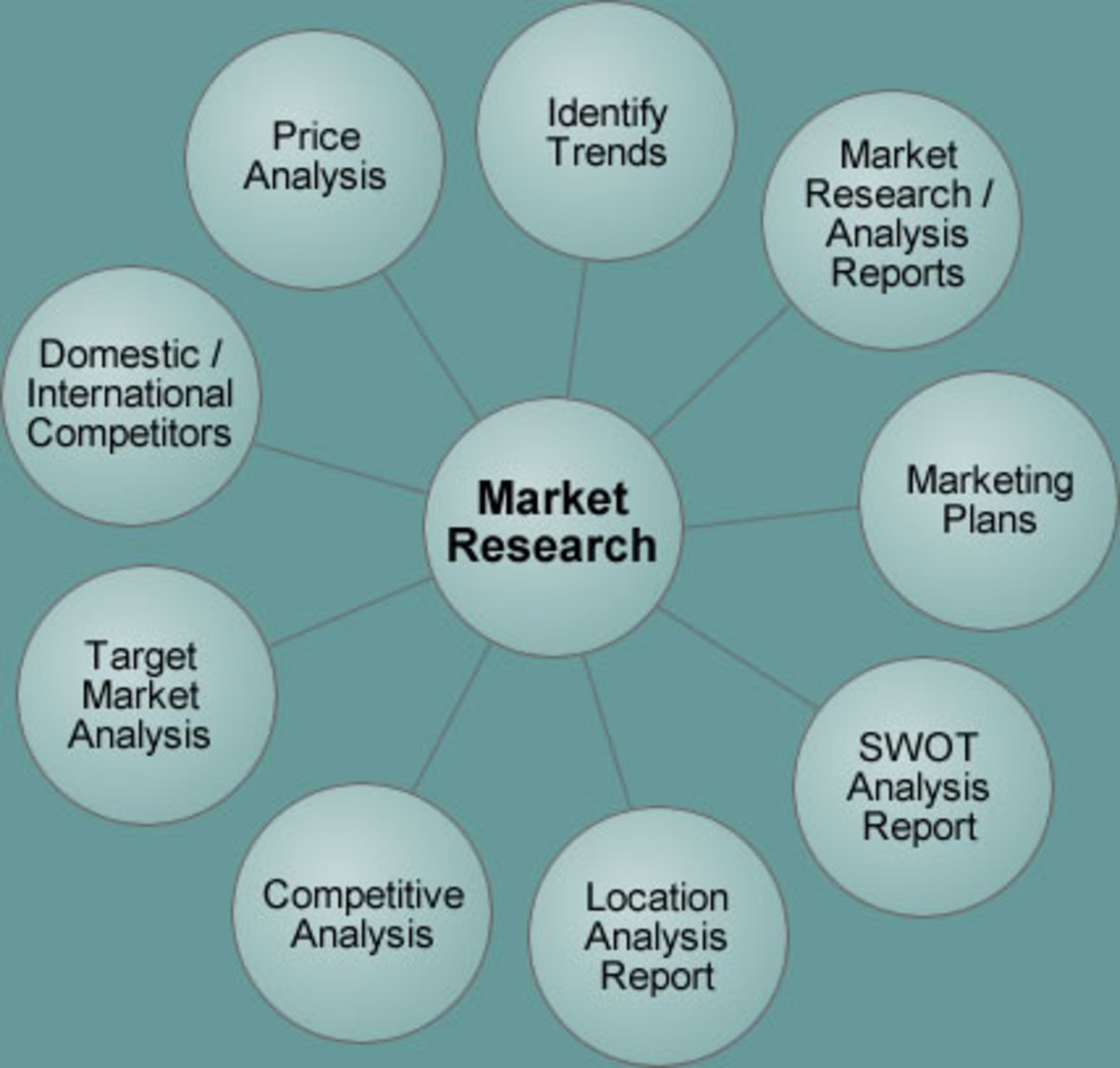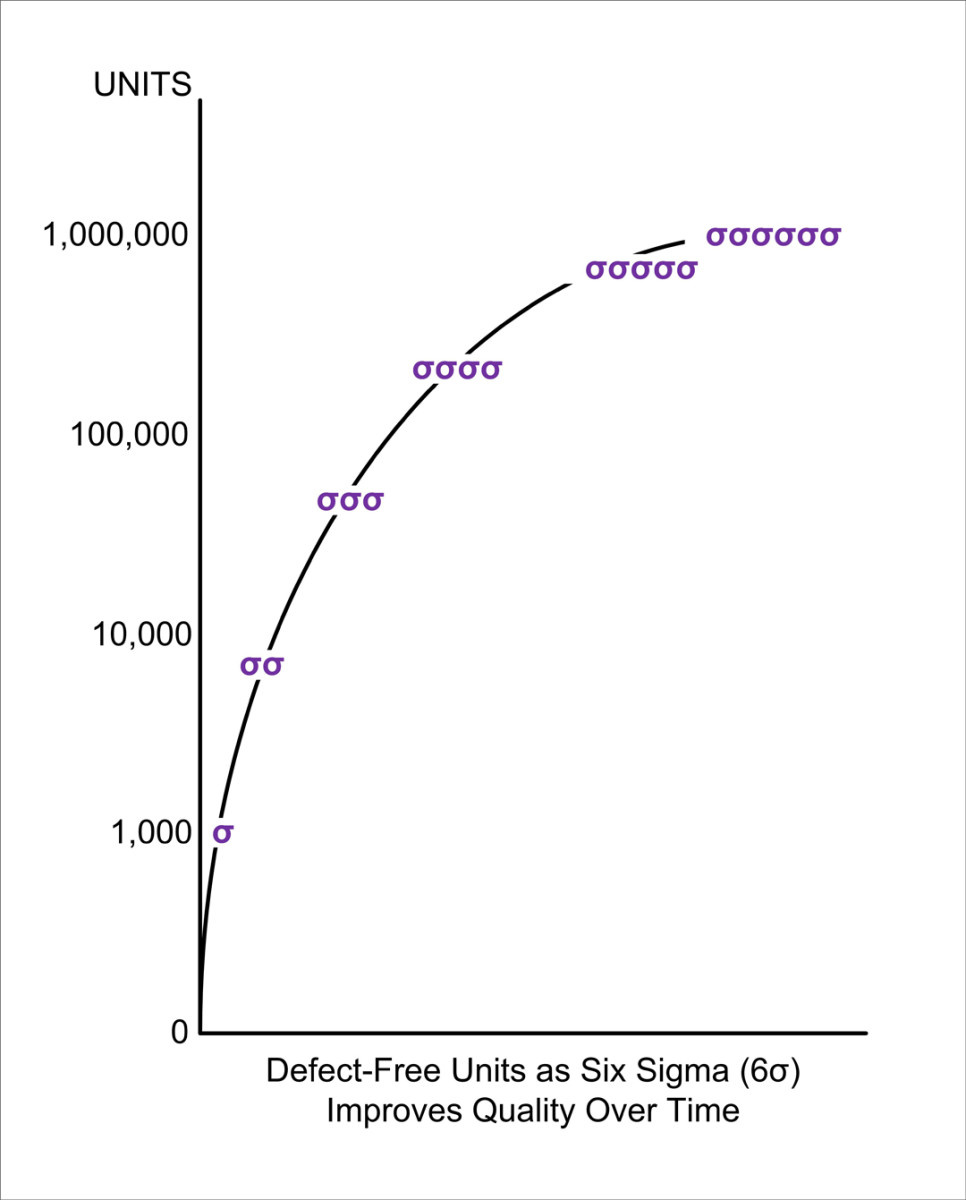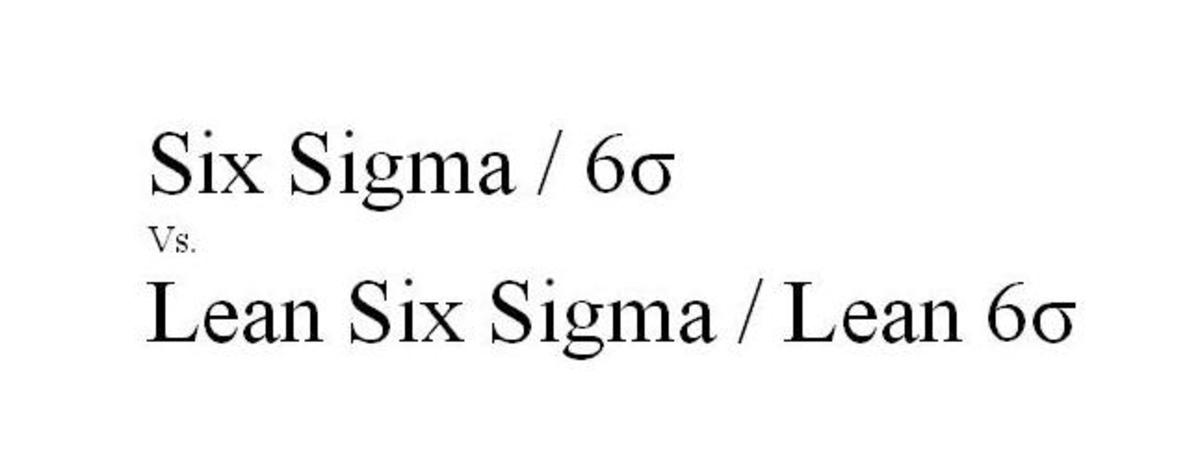How to Improve Quality of Production?
What is Quality
QUALITY
“The totality of characteristics of an entity that bears on its ability to satisfy stated and implied needs” –ISO 8402
Different people has defined quality in different way, some of them has quantified it also. In my opinion quality is delivery of satisfaction to its user. Satisfaction beyond expectations is quality. The delivery of value for the user of the product or services for which he thinks he has paid for. This experience of satisfaction or happiness or internal wellbeing is quality. The continuous improvement in this experience of happiness is the improvement in quality. This is rather radical definition but yes it works, it works when people innovate, and this precisely what goes into innovations. Innovation can only be successful when they change your experience for ever. Innovations are known when they are able to satisfy their user beyond their imagination and change their world.
QUALITY
Good quality does not necessarily mean high quality. It means a predictable degree of uniformity and dependability, at low cost, with quality suited to the market.
Dr. W. Edwards Deming
There are as number of definitions of the word QUALITY currently in use. The following comes from ISO – 8402 – 1994 :
The totality of characteristics of an entity that bears on its ability to satisfy stated and implied needs.
The implication of this is that a service or product must, in all aspects, be fit for its intended use. This lays a responsibility upon the client to provide the correct specification. It is difficult to argue that a supply has failed to produce a quality product if he has faithfully complied with an incorrect specification. On a similar basis, a supplier may attempt to argue that a non-conforming product is of acceptable quality by demonstrating it is fit for its purpose or intended use.
ABBREVIATED TERMS FOR QUALITY ARE:
- Conformance to Specification
- Conformance to Requirements
- Fitness for Purpose
- CONFORMANCE TO REQUIREMENTS.
This is based upon the assumption that the client’s requirements are clearly and explicitly
Stated at the time of ordering
· CONFORMANCE TO SPECIFICATION
The client should precisely specify what is required.
· FITNESS FOR PURPOSE
A client may explain to a supplier what is a product must do and leave the supplier to produce the necessary specification.
Cost of Quality
The cost of quality is a measure of the identifiable costs incurred in failing to achieve good product or service quality, and in making sure that failure does not occur.
Unfortunately the phase “cost of quality” tends to reinforce the old, mistaken, view that quality is a costly rather a profitable focus for business investment.
One of the major obstacles to the acceptance of quality assurance is the belief that ‘my business’ should get a higher price for ‘our product’ if I implement a quality system. Another reason is the fact that existing accounting systems were not designed to monitor the cost of quality, instead they tend to attribute costs in a rather arbitrary manner.
Whilst there is scope for price premiums for product produces under a quality assurance program, particularly if there is significant volume, it is this focus on higher prices that leads to a notion that quality costs rather than saves. Implementing a quality system does cost anything. However, if the strategy for implementing quality assurance is built around the prevention of quality problems then this initial cost must be seen as an investment.
Measuring the Cost of Quality draws our attention to:
· The present cost of poor quality and unsold quality control practices;
· The potential for financial gain from quality improvement; and
· The relative costs of various quality assurance or quality improvement measures.
Three Kinds of Costs
The Cost of quality covers three kinds of costs:
- Failure Costs
a) Internal
b) External
- Appraisal Costs
- Prevention Costs
They are defined as follows:
- Failure Costs
These are the costs incurred because a product or service fails to achieve the quality required. These costs include such things as unsalable products, down grading, troubleshooting, and the loss of customer goodwill.
Failure Costs be broken down into;
a) Internal Failure Costs which occur before the product or service reaches the customer, and
b) External Failure Costs, which are incurred after it reaches the customer. Examples of the costs that fall into these categories are:
1 a) Internal Failure Costs
· Incorrect raw materials purchased.
· Rework of rejected material from supplier.
· Rework.
· Repair.
· Rejecting products, downgrade, disposal.
· Downtime on equipment.
· Replacement costs.
· Labor costs of investing defects, problems.
2 b) External Failure Costs
· Handling complaints from customers.
· Product recalls.
· Returned goods and associated shipping costs.
· Negotiated price reductions.
· Loss of customer goodwill.
· Poor customer perception.
· Loss of customer confidence.
· Decreased market share.
- Appraisal Costs
These are the costs of appraising a product or service – inspecting, checking, testing etc. – in an endeavor to ensure that the required quality is achieved. They include:
· Inspecting and tests performed on raw materials on revival.
· Inspecting work in progress.
· The cost of purchasing measuring equipment.
· Maintenance calibration of measuring equipment.
· Calibration of measuring equipment.
· The cost of materials required to perform inspections and tests.
· Labor costs involved in performing inspections and tests.
· Product quality audits.
- Prevention Costs
These are activities designed to ensure that, in advance, that the product or service meets the customer’s requirements. The bulk of these costs should be regarded as an investment in quality than as a cost. Prevention costs include:
· Research into customer requirements.
· Research into customer satisfaction levels.
· Training
· Designing products to prevent their failure.
· Designing processes to ensure that they produce good quality products.
· Preventive maintenance.
· Calibrating equipment.
· Cleaning equipment and premises.
· Pest control program.
· Implementation of a personal hygiene policy.
· Adherence to Good Manufacturing/Handling Practices and Codes of Practices.
· Monitoring the performance of suppliers (approved supplier program).
· Statistical process control.
· Writing HACCP plans, procedures, work instructions, and specification.
· Quality audits.
Quality on Hubpages
- How to choose a quality management system
Introduction A quality management system is a core component to a business's organizational system. The quality management system is a set of policies and procedures that the company uses to plan and execute... - Total Quality Management Concept
One aspect of quality is the aspect of the results. However, aspects of the results is not the only aspect of quality. Total Quality Management (TQM) is a concept much broader, which not only emphasizes the... - ISO 9001::ISO 9004 Quality Management Principles
The ISO 9001 Quality Management Principles as Defined within ISO 9004 are the principles for quality management that have been used to define the content and structure of the ISO9000 standards. Distilled from the works of the various quality gurus su - Tips for implementing a new quality management progr...
Tips for implementing a new quality management program Almost every manufacturing company is worried about their quality, no matter what department it is. The reason for this is that your overall quality... - Total Quality Management Improvement
The Total Quality Management Improvement Paper (Sample Paper) Select three sectors from the list below: Three different organizations. 1) Manufacturing 2) Service 3) Non-profit 4) Government ... - ISO 9001:2008 Requirements for a Quality Management ...
ISO 9001:2008 specifies the requirements for a quality management system (QMS) to help your organization to control your processes to ensure that you repeatedly produce products and services that meet customer specifications. Meeting the ISO 9001 req
Prevention is the Solution
Moving From Failures and Appraisal to Prevention
· Reduce cost, increase productivity.
· Reduce cost of inspection and testing.
· Do it right first time, and every time.
Three fundamental principles should guide our approach to the Cost of Quality:
1. Investment in quality improvement leads to reduced cost, increased productivity and long-term competitive advantage.
2. The incidence and cost of inspection must be reduced.
3. We must get our processes ‘right’ at every stage, and particularly at the design end, to reduce waste and error.
Quality improvement should therefore imply a move away from failure and appraisal costs towards prevention.
In the majority of businesses failure costs currently account for the bulk of the Cost of Quality and prevention costs for the least expenditure. For those businesses, investment should mean a significant reduction in the Cost of Quality over time but and increase (perhaps in real dollar terms as well as in percentage terms) in prevention costs. The history of many firms reflects the following changing pattern of expenditure on quality.
ELIMINATE WASTE AND ERRORS
30% of the cost of goods and service are made up of waste and errors. This fact has been established by companies involved in TQC and Dr. Deming unashamedly quoted this figure.
15% of all clerical time is spent correcting errors.
These are disturbing figures. They must be reduced if companies are to continue to complete effectively in markets.
A drive on waste and error is often an excellent first step by a company initiating a quality system. It is a way to get early staff involvement and commitment. A few words of warming, however: remember that most (85%) of wastes and error is caused by the system and not the employees! In other words, the overall problem won’t be solved just by staff involvement, important as this may be. It is the system, which requires analysis, and with the help of the staff, corrected.
It is the experience of most companies that the invitation to staff to participate in such work succeeds because of their special, detailed knowledge of the current system and its many shortcomings.
Well-prepared staff, which trusts the organization’s commitment to help them do a better job, will rapidly identify many areas of waste and error.







